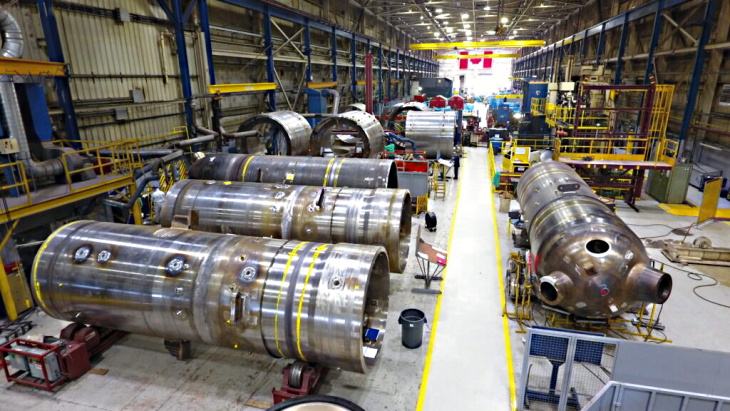US secretary of the interior Ken Salazar has announced the withdrawal of 1 million acres of federal lands near the Grand Canyon National Park in the USA from hard rock mining claims for six months, prior to a planned 20-year exclusion.
Arizona's Grand Canyon is a World Heritage site visited by 4.4 million people per year and, according to the US Bureau of Land Management (BLM) contains significant environmental and cultural resources - as well as some of the USA's best uranium deposits.
In July 2009, the Department of the Interior announced a proposed withdrawal of approximately 1 million acres (nearly 405,000 hectares) of federal lands in northern Arizona from new mining claim location and entry under the 1872 Mining Law. A two-year temporary segregation was instigated to prevent new claims while the proposed longer term withdrawal is being taken forward. This has involved the preparation of an environmental statement considering various options for the 1 million ares from no withdrawal, through partial withdrawal to full withdrawal.
|
| Ken Salzar in grand surroundings (Image: Grand Canyon NPS) |
With the temporary segregation about to expire, Salazar has now announced a six-month emergency withdrawal of the land. At the same time, he formally confirmed that the preferred alternative identified under the environmental statement is to be the option of full withdrawal of the 1 million acres.
"This alternative, if ultimately selected, would ensure that all public lands adjacent to Grand Canyon National Park are protected from new hard rock mining claims, all of which are in the watershed of the Grand Canyon," Salazar said. Speaking from the southern rim of the canyon itself on 20 June, he said that the BLM will now complete the environmental analysis of the preferred alternative and other alternatives. A final environmental impact statement will be published by the autumn of 2011. "I will then be ready to make a final decision on the potential 20-year mineral withdrawal," Salazar said.
Valid existing claims are not affected by the withdrawal, nor are oil, gas or other non-hard rock energy resources. According to the Department of the Interior, eight uranium mines have operated in the affected area over the last two decades and around 3,500 claims remain in the area. "It is worth stating again that we believe there are likely a number of valid existing rights in the proposed withdrawal area … We expect continued development of those claims and the establishment of new mines over the next twenty years," Salazar reiterated.
Denison Mines owns four developed and partially developed uranium mines and five uranium deposits in the Arizona Strip area, which is affected by the withdrawal. In its 2010 annual report, Denison said that it believed its mining claims would remain valid. One of Denison's historic properties in the area, Arizona 1, restarted operations in November 2009 and is expected to produce 461,000 pounds U3O8 (177 tU) in 2011.
NEI slates decision
US policy organisation the Nuclear Energy Institute (NEI) criticised the decision. Senior vice president for governmental affairs, Alex Flint said that uranium mining posed no verified threat to the environment of the Grand Canyon National Park and that the decision would prevent mining for some of the USA's best high-grade uranium deposits
"This decision will further increase our dependence on imported sources of energy. Thirty years ago, reactors here used US mined uranium for 100 per cent of electricity production," said Flint. "The United States has the fourth-largest uranium deposits in the world behind Australia, Canada and Kazakhstan. Our nation's ability to realistically pursue energy independence hinges in part on our ability and willingness to produce uranium supplies domestically," he added.
Researched and written
by World Nuclear News

.jpg)



_69614.jpg)

_15447.jpg)





